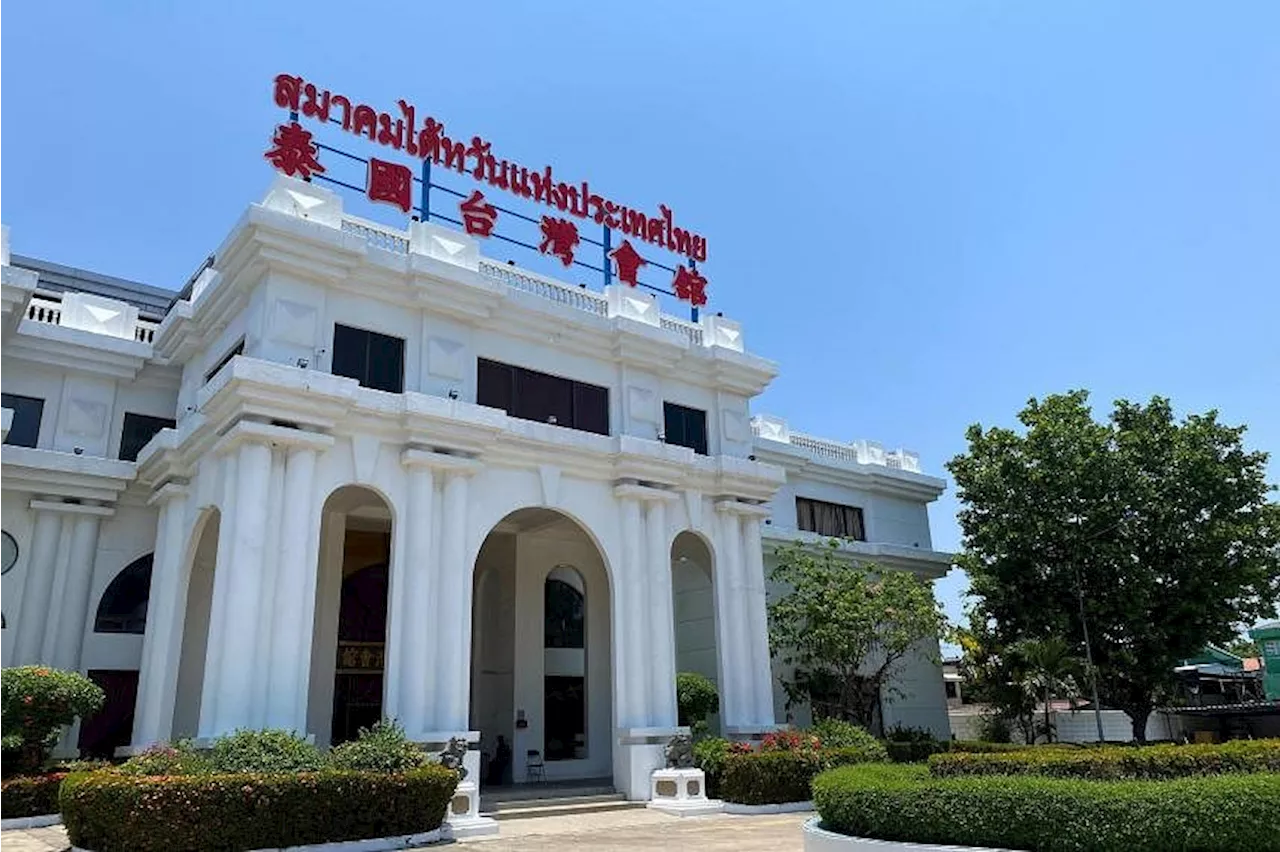The kebaya is the perfect symbol of South-east Asia’s shared heritage. Here’s a look at how the kebaya silhouette has evolved.
upper garmentIt is mistakenly thought of as only a traditional outfit. But, in fact, it has evolved as a fashionable blouse in diverse and dynamic ways over more than three centuries in the region.
The kebaya could be made from Javanese batik, Sumatran songket, European printed cottons and velvets, and Chinese silks. The sarongs and kain panjang could be made from similar local and imported materials, although batik was one of the more popular options. “It goes through so many hands. It takes time and effort to make. It’s a form of slow fashion,” says Peranakan kebaya-maker Raymond Wong.
According to Mr Wong, attaining this level of finesse in his embroidery demanded a great deal of time and effort.hen Mr Wong, 45, first sought to learn embroidery, or sulam, in 2005, his mentor warned him that the kebaya sulam industry was in decline. He bought vintage kebayas and studied their embroidery work, and taught himself to copy the stitches. He often “reverse-engineered” some broken stitches, and eventually learnt the ropes. In 2006, he hired his first worker and trained her in the craft as well.Eventually, he developed his own style, with one signature detail being the addition of Swarovski crystals to his kebayas, creating a dewdrop-like effect.
One example of the computerised embroidery is this embroidered butterfly that he added to a modern kebaya. Mr Wong chose this technique for the butterfly so there would be more time and energy for adding intricate handmade embroidery, like that of the national flower of Singapore, the Vanda Miss Joaquim orchid.
Occasionally, deviating from conventions of Nonya kebaya design is necessary to ensure the garment flatters the wearer. In the past, Nonya kebaya sleeves were aligned with the hem of the blouse. However, Mr Wong says that today, many women have wider hips than those of the past, so he emphasises the importance of breaking this rule to create a more flattering silhouette for the kebaya wearer.This is Madam Ratianah Tahir, who owns Kebaya by Ratianah.
She had a dream to make the kebaya simpler and relevant to the younger generation. Back then, Madam Ratianah recalls, the kebaya had elaborate designs which were often adorned with sequins, was mostly reserved for formal occasions and was not very comfortable to wear. “If you lose the love of the kebaya for a younger generation, then it will be lost forever.”Eventually, her daughter, Ms Putri, joined her in the business too.
Mrs Zaiton Sanghar, a regular customer at Kebaya by Ratianah, wearing a blue velvet kutubaru kebaya paired with a batik tulis sarong, pink lace selendang and bintang brooch. Despite the challenges, she embraces the task of crafting kebayas that strike a balance between elegance and simplicity. Ms Sajan wears this vibrant kutubaru kebaya, purchased from Kebaya by Ratianah. Her outfit features a kerosang, courtesy of Foundation Jewellers.According to Ms Sajan, a kebaya is incomplete without these jewellery pieces because they evolved alongside the garment, contributing to the creation of a distinctively South-east Asian appearance.
Ms Sajan’s mother Devaki Nair and grandaunt Salachi Retnam showing the Indian Peranakan dishes they prepared in 1991, using recipes that were passed down through the oral tradition since the 1400s in Melaka, Malaysia. PHOTO: K.F. SEETOH When she is not wearing the kebaya, Ms Sajan evokes its elegant silhouette through her designs of long skirts and blouses based on the components of the kebaya. These have been tailored for her since the 1990s by local fashion designer Suzanne Chua, founder of Zann & Denn boutique in the Chinatown area.
LIFE FASHION HERITAGE UNESCO INTERACTIVE GRAPHICS ST DISCOVER
Malaysia Latest News, Malaysia Headlines
Similar News:You can also read news stories similar to this one that we have collected from other news sources.
 Beautiful, versatile Kebaya: uniting South-east Asia with fashion and heritageThe kebaya is the perfect symbol of South-east Asia’s shared heritage. Here’s a look at how the kebaya silhouette has evolved.
Beautiful, versatile Kebaya: uniting South-east Asia with fashion and heritageThe kebaya is the perfect symbol of South-east Asia’s shared heritage. Here’s a look at how the kebaya silhouette has evolved.
Read more »
 Is South-east Asia storing up trouble with carbon capture and storage hubs?The hope is that burying millions of tonnes of the gas will curb climate change.
Is South-east Asia storing up trouble with carbon capture and storage hubs?The hope is that burying millions of tonnes of the gas will curb climate change.
Read more »
 US East Asia envoy says South China Sea situation deeply concerningHANOI: US Assistant Secretary of State for East Asia and Pacific Affairs Daniel Kritenbrink on Saturday (Jan 22) said the situation in the South China Sea is deeply concerning, adding that China's recent actions in the disputed waterway were "deeply destabilising".
US East Asia envoy says South China Sea situation deeply concerningHANOI: US Assistant Secretary of State for East Asia and Pacific Affairs Daniel Kritenbrink on Saturday (Jan 22) said the situation in the South China Sea is deeply concerning, adding that China's recent actions in the disputed waterway were "deeply destabilising".
Read more »
 Pivoting away from China, Taiwan companies rekindle South-east Asia romanceAmong Asean countries, Singapore is the top recipient of Taiwanese investments.
Pivoting away from China, Taiwan companies rekindle South-east Asia romanceAmong Asean countries, Singapore is the top recipient of Taiwanese investments.
Read more »
 Philippines emerges as South-east Asia renewable power pacesetterThe government’s goal is to boost the share of renewables to more than a third of the electricity mix by the end of the decade.
Philippines emerges as South-east Asia renewable power pacesetterThe government’s goal is to boost the share of renewables to more than a third of the electricity mix by the end of the decade.
Read more »
 South-East Asia’s carbon storage dreams: Visionary climate solution or folly?South-East Asia has big plans to become a regional carbon storage hub. Can it work or are the risks too great?
South-East Asia’s carbon storage dreams: Visionary climate solution or folly?South-East Asia has big plans to become a regional carbon storage hub. Can it work or are the risks too great?
Read more »
